Imogen Barber |
December 21, 2023
The idea of a Senior Mental Health Lead for schools and colleges was first put forward in the DfE’s 2017 green paper on supporting children and young people’s mental health.
Now it’s the Government’s ambition that every school will have a Senior Mental Health Lead (SMHL) in place by 2025. To support this, a training grant of £1,200 is available for courses that start before 31 March 2025 for eligible state-funded schools and colleges in England.
What does the Senior Mental Health Lead role involve?
With more children presenting with mental health issues, having a senior mental health lead to spearhead mental health coordination as well as early intervention is essential. This role is designed to equip the whole school community with a strategic action plan, embed an open and positive culture around mental health as well as driving the processes, policy, and training that help classroom-based staff to act with greater confidence.
While anyone can become an SMHL, they must be able to influence, inspire, and drive system-wide impact, liaising with parents, school staff, wider mental health support teams, governors, family liaison officers and pupils themselves. The most successful SMHLs we meet always have an aptitude for change management, the ability to win people over, and the resilience to manage bumps in the road.
“The focus of the lead should be strategic, putting whole school/college approaches in place, ensuring a coordinated approach.” – DfE
A critical time for mental health in schools
According to data from the Office of National Statistics, teachers are now the primary people children turn to for help with their mental health. Despite this, recent surveys from Teacher Tapp and the Early Intervention Foundation indicated 40% classroom teachers don’t feel confident helping children with mental health needs, while 97% want further training.
A worrying cocktail of factors is increasing the pressure put on teachers; emotional-based school refusal has been more prevalent since the pandemic, there has been a considerable uplift in children being referred to CAMHs and access to educational psychologists and mental health professionals has not scaled sufficiently to keep up with demand.
The cost of living crisis has also exacerbated a mental health poverty trap. A recent Action for Children survey highlighted that 47% of children from low-income backgrounds now worry about their families not having enough money to live on.
8 principles of a whole-school action plan for mental health and wellbeing
Public Health England has set out eight core principles that form the basis of a whole-school approach to mental health and wellbeing, which we’ll look at in more detail below.
The SMHL should take responsibility for all of these areas, however we suggest when it comes to creating a specific plan for change, this should be focused on just a couple of areas, typically over the course of a school year. A Senior Mental Health Lead training course can help you think strategically about the role and structure your plan.
1. Leadership and Management
The SMHL should review and update school policies, evaluate interventions, and make sure wellbeing champions have clearly defined roles within the setting, including succession planning and role redistribution as required.
2. Student Voice
Knowing that their voice is heard and valued can help pupils feel part of the school and wider community and give them a sense of belonging and control over their lives. Peer support has been demonstrated to be an effective tool to boost wellbeing.
3. Staff Development, Health and Wellbeing
Without building resilience in your own team it’s challenging for them to instill it in others. All staff must have the time and the tools to check in on their own wellbeing.
4. Identifying Need and Monitoring Impact
Working with the SENCO and DSL (if indeed these are separate roles) the SHML ensures vulnerable groups are identified and supported using the most appropriate interventions. They will adapt tools where required and evaluate progress.
5. Working with Parents, Families and Carers
Parents and carers should not just be “kept in the loop” when it comes to mental health and wellbeing but recognised as a critical and active part of it. The SMHL will drive a strategy to raise awareness and reflection about wellbeing as well as support and signpost parents of children with more acute needs.
6. Ethos and Environment
Strong relationships and a culture of belonging at school or college can act as a mental health buffer. The SHML should join the dots, communicating a positive values-based approach and using local services/resources to enhance their school’s messaging and develop social, emotional, and mental health partnerships in the wider community.
7. Curriculum, Teaching and Learning
The SHML lead should work with colleagues to develop a cross-curricular approach to promote mental health and wellbeing.
8. Providing Targeted Support and Appropriate Referrals
This involves examining the efficacy of early interventions, perhaps using comparison groups to assess what is working, as well as looking at whether the right interventions are being applied for the right pupils, and where time and money are best invested.
The diagram below shows the eight principles and how they fit into the wider school and wider community ecosystem, considered as several bands with pupils at the centre. Depending upon which of the eight aspects an SMHL chooses to prioritise each year, the level of stakeholder engagement and also the time required to make a significant impact will vary.
Which education professionals most often take on the Senior Mental Health Lead role?
For all the reasons outlined above, the SMHL should ideally be someone on your senior leadership team who has the authority to drive change.
Our own analysis of Real Training data shows that over a third of delegates undertaking our senior mental health lead training are head teachers or assistant heads, while 17% are SENCOs or assistant SENCOs.
9 example tactics the Senior Mental Health Lead could consider
Tactical interventions are only relevant when considered in the context of a particular action plan and setting, but for the purpose of illustration, below are some examples of what the SMHL might be doing:
- Evaluating strategies such as Zones of Regulation and embedding them across the curriculum and into the school day
- Creating a mental health referral toolkit
- Establishing a regular drop-in session aimed at supporting parents/carers of children with Special Educational Needs
- Assessing the suitability of new technology to monitor or facilitate wellbeing (but not necessarily managing rollout)
- Strengthening the student wellbeing council
- Revising PSHE policies and documentation to ensure all aspects of mental health are being covered effectively and in line with latest guidance
- Evaluating the success of existing targeted interventions e.g. The Art Room as group therapy
- Creating a strategy for parent education around their own wellbeing and mental health first aid as well as wellbeing activities their children are undertaking in school
- Devising a plan and budget for staff training on focused interventions e.g. bereavement or trauma
Why is a whole-school approach advantageous?
When the school community comes together around mental health they build a culture of belonging and early intervention processes that are scalable and more effective. It’s important to have a common language around how feelings are labelled, as well as shared wellbeing practices that are more likely to become rituals.
Without a whole-school approach, inconsistency, dysfunction and uncertainty can creep in or ideas can simply not take off. Staff may not know about the mental health policy or who the wellbeing team are, interventions may be ad-hoc only taking place once need is severe, practices may vary from class to class, and wellbeing limited to one-off workshops.
How much time do Senior Mental Health Leads typically devote to the role?
The amount of time the role requires depends in part upon the size of your setting, access to resources, and the level of complexity of mental health needs. As an example, in a recent DfE survey, 43% of SMHLs said they dedicated half a day each week to the role, and 10% spent between half and one day a week.
It’s important to bear in mind the importance of regular liaison with colleagues in your provision and the wider community as well as the leadership responsibilities of the role. Completing a training course can also help you identify focus areas and prioritise your time.
How should a Senior Mental Health Lead be using data?
Data-driven decision-making is a key part of the role. This could have a number of functions including:
Snapshot data – from regular wellbeing questionnaires for staff and pupils that can form a longitudinal benchmark
Intervention data – the results of screening tests applied to specific children to determine if mental health problems might be present
Evaluation data – understanding the impact of the various interventions being applied
The Senior Mental Health Lead might also want to cross-reference this with data about SEN status, socio-demographics, attendance, etc. to develop a fuller picture of behaviour within their setting.
How can your setting benefit from Senior Mental Health Lead training?
Training for the role is not mandatory but carries distinct benefits. It can help mental health leads extend their knowledge of the very latest SEMH theory and translate this into a relevant action plan for their setting.
You should be able to walk away from a good SMHL course with a plan or ‘blueprint’ for change that you can action immediately, plus a collection of useful resources to help you.
SMHLs who study with Real Training gain the unique benefit of expert guidance and structured feedback on their plans from practicing Educational Psychologists. Our alumni also typically find they can pass on learning and resources to the teachers in their school – with incredibly positive results.
Find out more about the benefits of a formal SMHL qualification. Take a look at our Senior Mental Health Lead Certificate or Advanced Award.
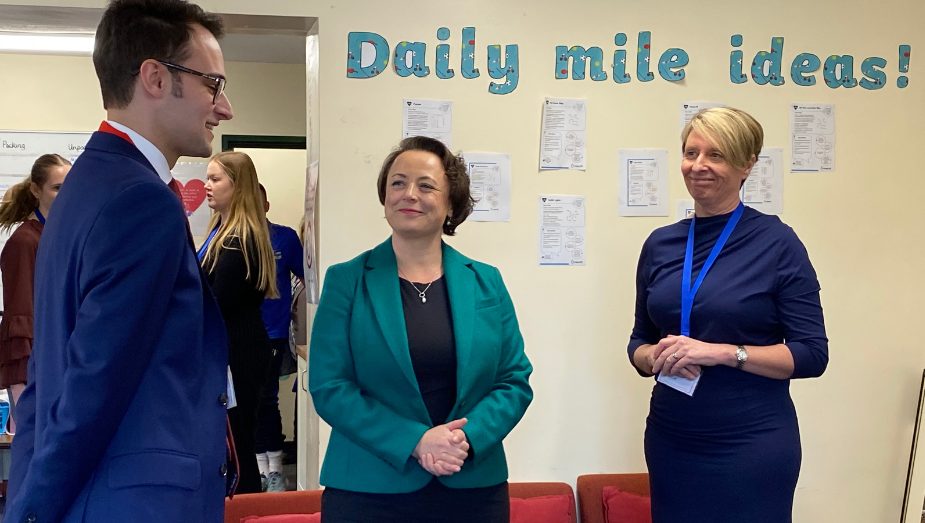

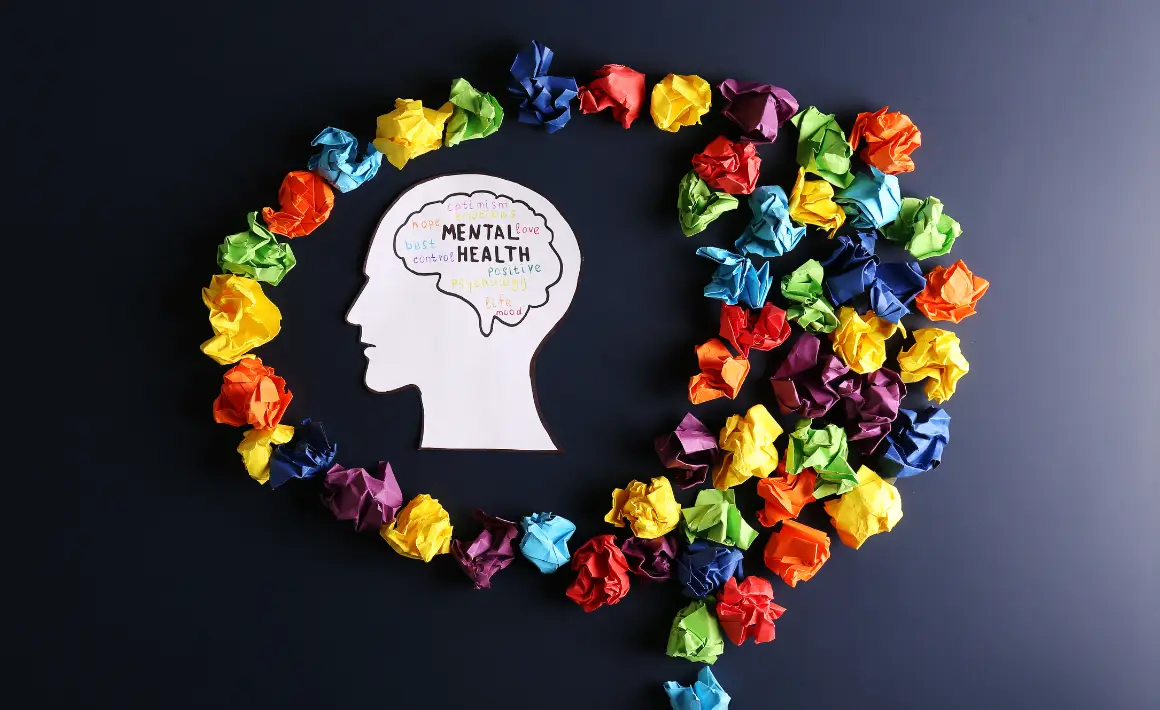
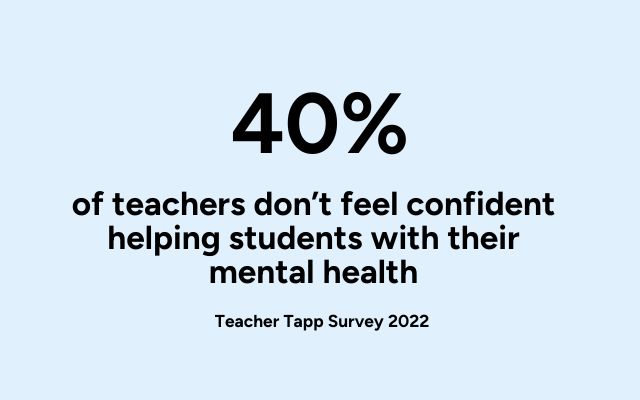

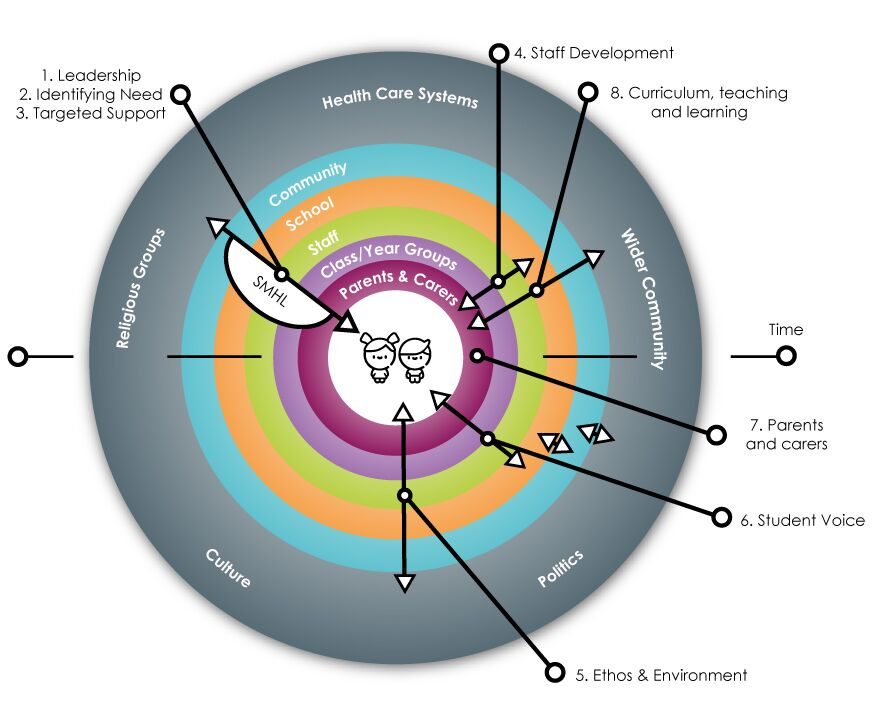
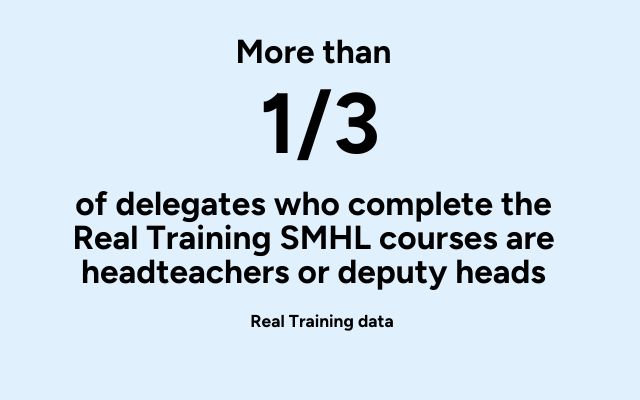


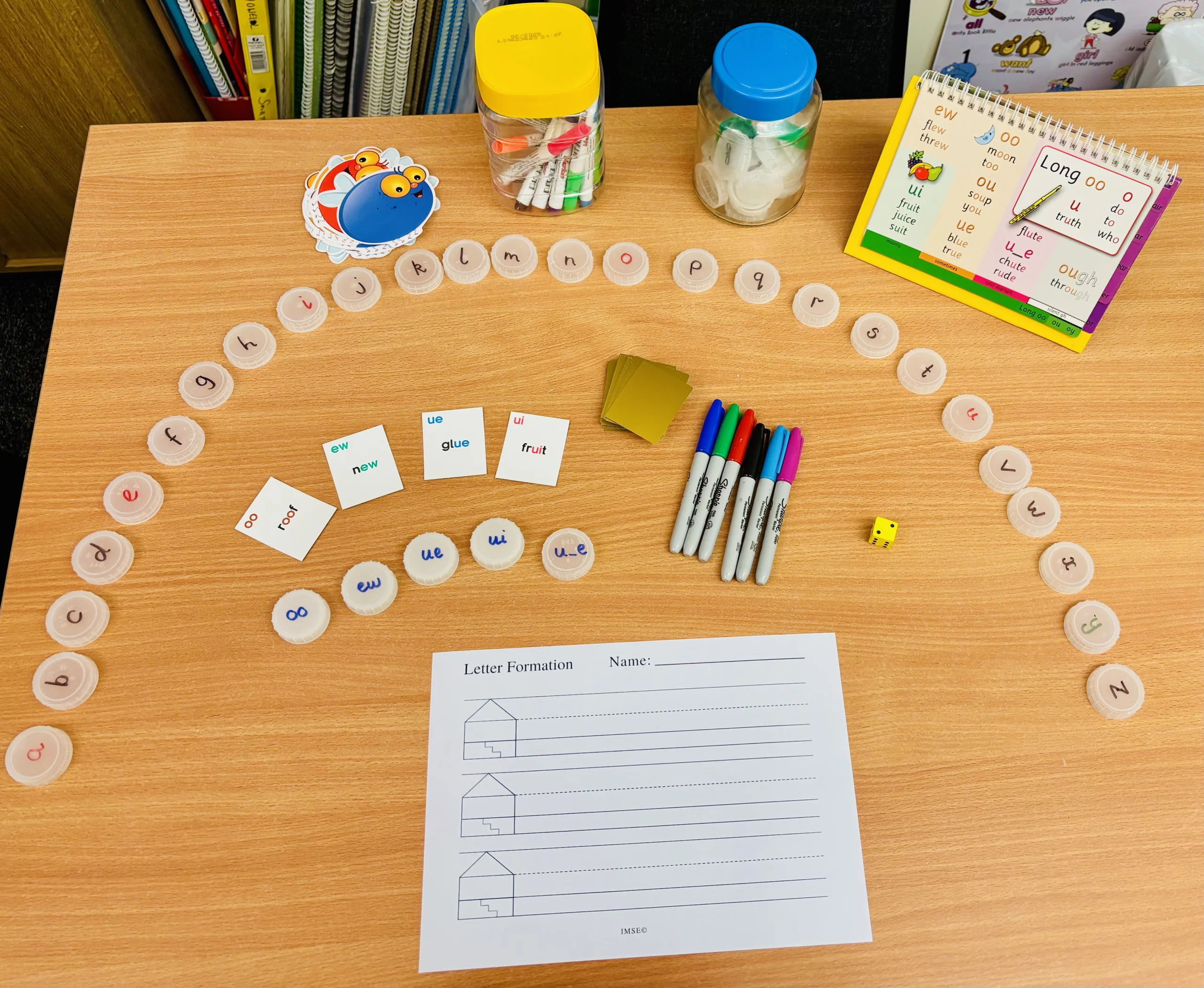
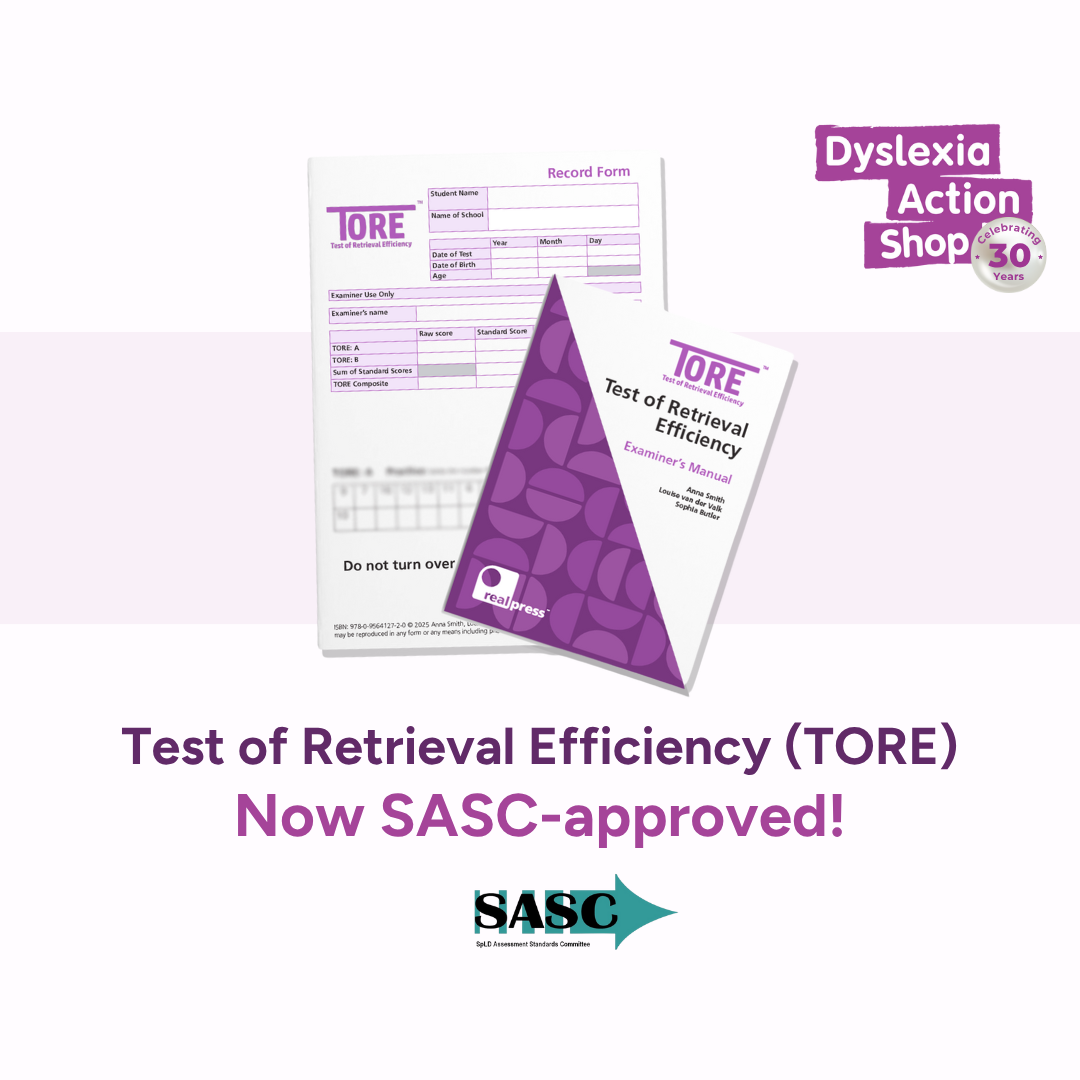
What do you think?